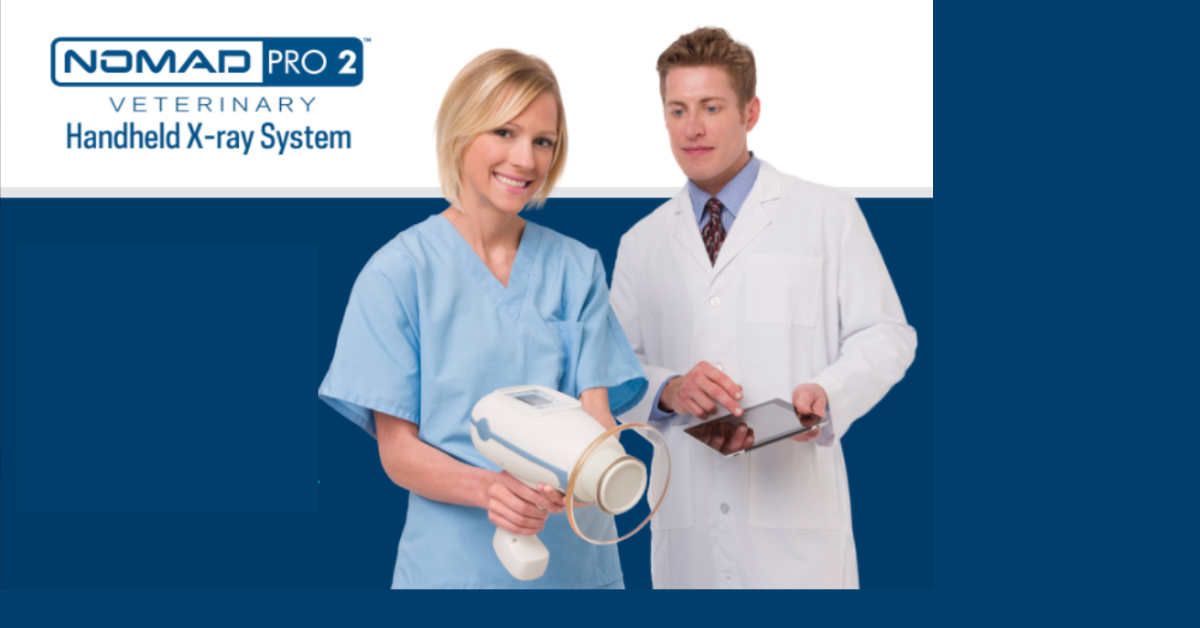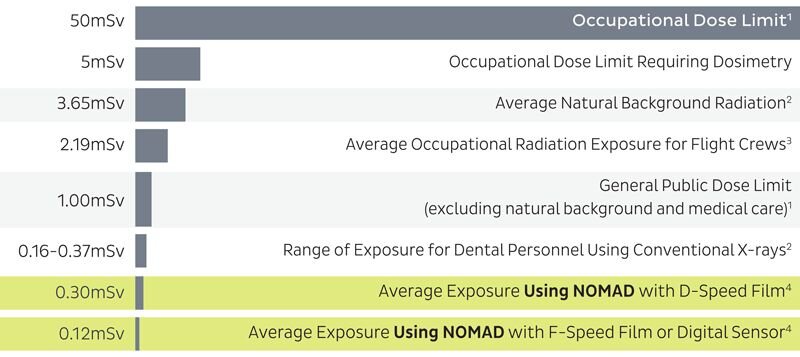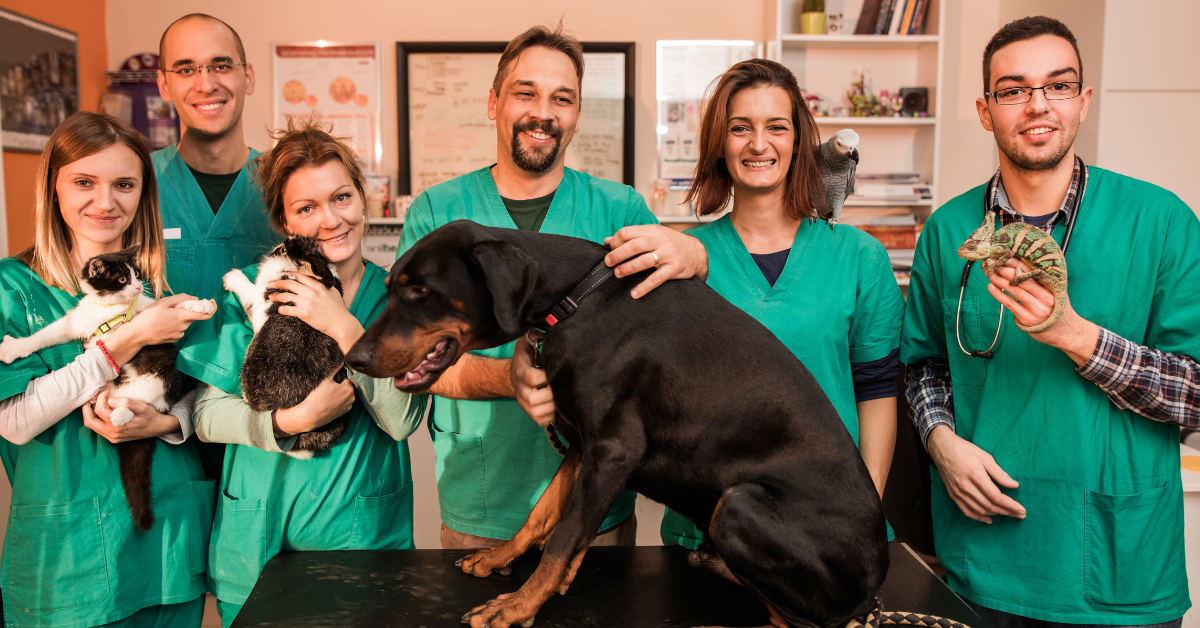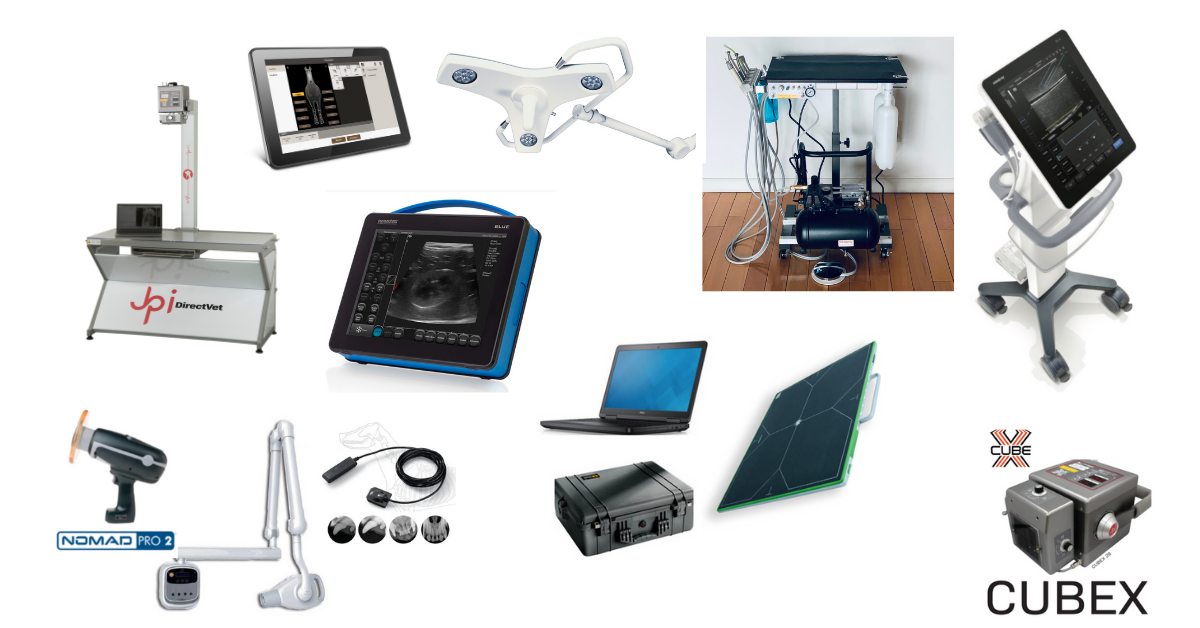A cystocentesis offers advantages over other urine collection methods
If you work in a small animal veterinary practice, there’s a good chance you’ve performed, assisted with, ordered, or overseen a cystocentesis in many of your patients.
A cystocentesis offers advantages over other urine collection methods in that it provides a sterile sample, as opposed to free catch or even catheter methods that may contain contamination with pathogens or cells from the skin or urethra.
But how does an ultrasound-guided cystocentesis compare to a blind cystocentesis obtained via palpation or anatomical landmarks?
Your preference may depend on your practice style, experience, and patient needs. But here are a few things to consider…
Which Patients Are Good Candidates for Ultrasound-Guided Cystocentesis?
Here are a few factors that may determine if an ultrasound-guided cystocentesis is a good option for any particular patient…
Large or overweight patients. A blind (or non-ultrasound assisted) cystocentesis may be straightforward on cats, and even small dogs, who are not overweight. In these patients, it is often possible to palpate the urinary bladder and to easily reach the bladder with a standard-length needle.
However, difficulties arise in patients who are overweight, which makes it more challenging to feel and reach the bladder. Additionally, an ultrasound can help guide your needle with large dogs.
Patients with “hard to stick” bladders. Maybe your patient’s bladder is thickened due to chronic cystitis or another condition. Or, maybe the patient’s bladder is small.
Either way, an ultrasound provides additional direction (and visualization) of partially-full or otherwise difficult-to-obtain-a-sample-from bladders.
Patients whose bladders could use a visual evaluation. If you’re obtaining a cystocentesis because the patient has urinary symptoms, a quick scan can provide more information about any obvious lesions.
Use this for your own peace of mind (i.e., there’s no bladder tumor present at the time of the cysto), or create a charge for urinary ultrasound evaluation packaged together with other diagnostics.
Which Patients Are NOT Good Candidates for Ultrasound-Guided Cystocentesis?
Thin cats with big bladders. Depending on your practice style and preference, you may find it’s easier to do a blind cystocentesis on a cat with an easily palpable bladder, especially for routine health checks.
Although it may still be worth doing an ultrasound if the cat presented for urinary symptoms, so you can look at the bladder.
Patients with bladder masses or tumors. If a patient has transitional cell carcinoma, placing a needle into the bladder may “seed” tumor cells into the abdomen as the needle is withdrawn.
So any time a mass is present or suspected, it’s good to be cautious and skip the cysto (with or without ultrasound).
Fractious or wiggly patients. These patients may not be good candidates for either ultrasound-guided or blind cystocentesis, since it wouldn’t be good for them to move around while the needle is inserted.
However, sedation may make the procedure possible for these dogs and cats.
PROS of Ultrasound-Guided Cystocentesis Versus Blind Cystocentesis
Advantages include…
Quick and easy. If you’re new to ultrasound-guided cystocentesis, it may take some practice. But soon it becomes a habit and may even be faster than a blind cysto.
Visualization of the bladder. You know exactly where the needle is heading, and therefore you have an improved likelihood of getting a sample from a small or partially-full bladder.
Plus, you may want to do a quick bladder evaluation to look for things like uroliths, sludge, or bladder masses, as this could change your recommended course of treatment.
Safety. Supporters of ultrasound-guided cystocentesis point out that if you can see where the needle is going, there’s less risk of accidental puncture of other organs or blood vessels.
CONS of Ultrasound-Guided Cystocentesis Versus Blind Cystocentesis
Training and practice are needed. It may take a little time for your team to become comfortable with this new method. Fortunately, it’s simple and straightforward to learn.
Creating a charge for the service. This isn’t necessarily a bad thing—after all, you should be paid for your time and expertise when you provide a service.
However, there are differing opinions from practice to practice as to when and how to charge.
For example, will you charge for all ultrasound-guided cystocentesis?
Or only charge as part of a package with other diagnostics (urine analysis, urine culture and sensitivity, and quick ultrasound evaluation of the bladder, for example) in patients who are symptomatic?
And how much will you charge?
Small risk of side effects. The most common side effect is hematuria, which is mild and transient. Other risks do exist, such as bladder rupture or injury, organ or blood vessel puncture, urine leakage into the abdomen, the spread of bladder cancer, or vagal reactions (retching, panting, hypersalivation, collapse).
While these effects are quite rare, it’s always worth considering the risks of any procedure before performing it, especially in patients who may be at higher risk due to underlying health conditions.
Investing in Ultrasound Training
In addition to teaching your team members to do an ultrasound-guided cystocentesis, it’s worth considering training in ultrasound examinations for you or one of your DVM associates.
There are plenty of other uses, including but not limited to abdominal evaluation for organs, masses, ascites, or even pregnancy, and cardiac or pericardial evaluations.
By maximizing your ultrasound usage, you can offer more diagnostics to your patients, while also getting the best ROI on your equipment investment—a win-win.
Disclaimer: This article is for general informational purposes only, and not intended as a guide to the medical treatment of any specific animal.
Written by: Dr. Tammy Powell, DVM









































